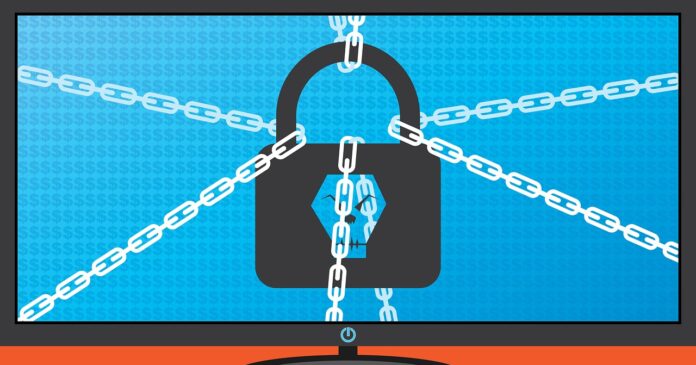With just an internet connection, the cloud enables organizations to store their data on scalable platforms. Most organizations use cloud storage not only to manage their physical systems but also to expand their storage when required, and companies like GogoNerds are leading the way in providing efficient cloud solutions. When you’re storing all your data in one place, you want to ensure it’s safe. However, as with any system of data storage, there are some cybersecurity risks to consider. This article details what cloud security is and the best practices you can take to safeguard your data.
Understanding Cloud Security
Cloud security involves the practice of protecting user data in cloud computing environments. Cloud security entails technologies, policies, and procedures that secure data, cloud-based systems, and infrastructure from cyberattacks.
Organizations that store their sensitive data in the cloud are especially vulnerable to cyber criminals, as cloud environments are usually difficult and complex to secure. The cloud provides hackers with a larger pool of targets and a more complex environment to exploit.
However, with this evolution comes the pressing need for robust cybersecurity measures to safeguard sensitive data stored in the cloud. Implementing cybersecurity consolidation best practices is crucial in fortifying defenses against the ever-evolving landscape of cyber threats
5 Best Practices for Protecting Organization Data
Protecting your organization’s sensitive data is key to preventing data breaches, cyber threats, and unauthorized access. Here are five best practices to protect your organization’s critical data:
1. Perform Data Discovery
The first step towards securing your organization’s data is discovering what data exists, what data requires adherence to security regulations, and how much is sensitive to the organization. By carrying out data discovery, you’ll be able to understand what data needs to be safeguarded and how.
2. Encrypt Your Data
Over the past few years, cybersecurity breaches have greatly increased which means private data is vulnerable to attack without proper protection. If you want to secure data from hackers, simply encrypt it. Data encryption means encoding information by converting plaintext to ciphertext. This makes it difficult for attackers to hack.
3. Employ DLP Tools
DLP or Data Loss Prevention tools help network administrators have control over the data that can be transmitted between users in the network. DLP tools are crucial in ensuring malicious actors do not compromise critical data.
4. Implement Two-Factor Authentication
Creating strong passwords helps prevent hacking by unauthorized third parties. But, even with a strong password, your data can still be hacked. Besides having strong passwords, two-factor authentication helps to provide another layer of security. With two-factor authentication, cybercriminals would need to have access to your secondary device to obtain a unique code.
5. Back up the Data
The cloud is commonly used for backing up data stored on physical hard drives. Organizations that store their data on the cloud might consider backing up that data directly to the cloud if they already use this method to protect their data. Cloud-to-cloud (C2C) backup method involves an organization reproducing its data to another cloud as a foolproof in case anything happens to the other one.
Endnote
Data security is essential for individuals and organizations to protect their sensitive information against data breaches. Staying vigilant against an ever-evolving technology and emerging threats is crucial to protecting your data within the cloud. Consider implementing these best practices outlined in this article for maximum data safety.
